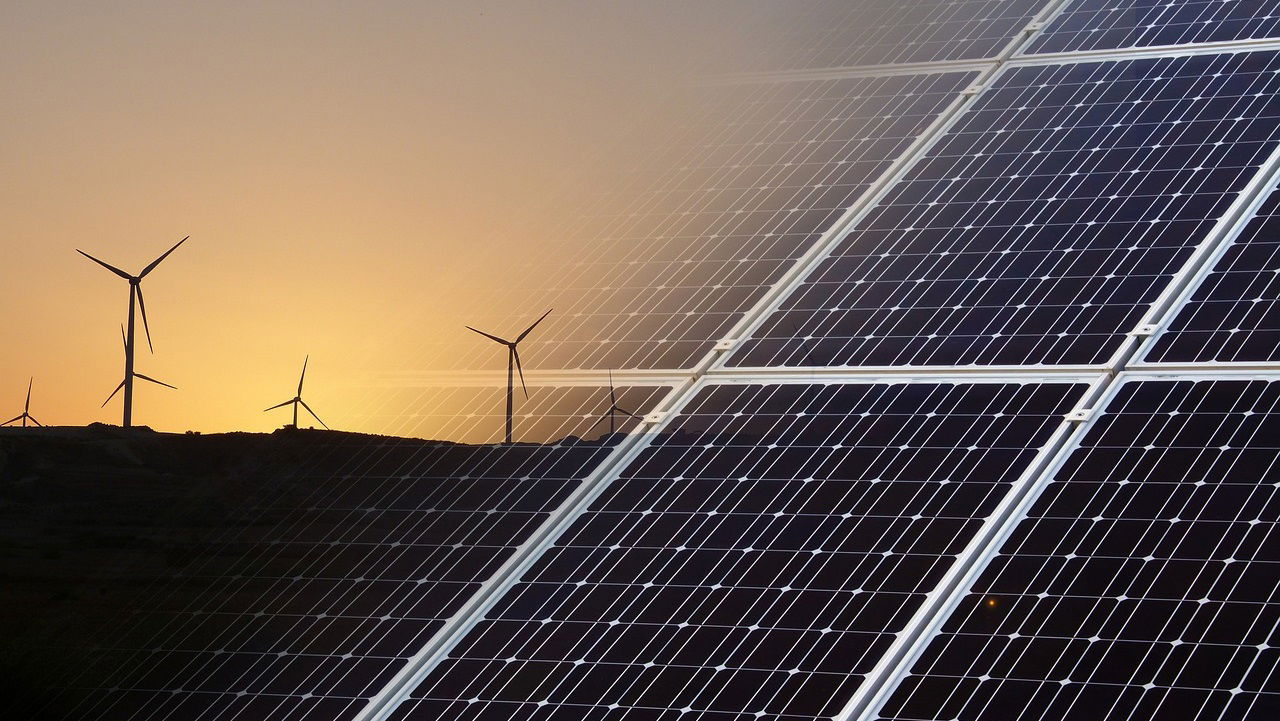
Government support and incentives for clean energy technologies have reached unprecedented levels as global policymakers shift their focus towards energy security, especially following recent crises. According to a new report from the International Energy Agency (IEA), titled State of Energy Policy 2024, there has been a significant surge in global energy policy activity over the past year. The report offers a comprehensive overview of energy policies across various countries and sectors, showcasing substantial developments within the last 12 months.
The Energy Policy Inventory, which is part of the report, catalogs over 5,000 energy-related policies worldwide, focusing on areas like government spending, regulation, and trade. Since 2020, nearly $2 trillion in direct investment has been committed to clean energy projects. This investment is almost triple the amount that was mobilized following the 2007-08 financial crisis. The report highlights that China, the European Union, and the United States account for around 80% of this spending, demonstrating the leading role these regions play in the global clean energy transition.
One area witnessing significant public investment growth is domestic manufacturing for clean energy technologies. This sector has received nearly 10% of total government spending since 2020. Low-emission vehicles, hydrogen, and battery technologies have been the biggest beneficiaries. Examples of such initiatives include the United States’ Inflation Reduction Act, India’s Production-Linked Incentive, and Brazil’s Green Mobility and Innovation Programme.
On the consumer side, the global energy crisis pushed governments to allocate $940 billion in short-term support at its peak. Although many of these emergency measures have been relaxed, government programmes continue to help consumers adopt clean energy technologies by addressing affordability challenges.
The report also highlights a significant uptick in trade policies aimed at securing domestic manufacturing and supply chain stability for clean energy technologies. Since 2020, nearly 200 new trade measures have been introduced, compared to fewer than 40 in the previous five years. These include adjustments to import tariffs, anti-dumping duties, and offsetting measures, particularly from the European Union and the United States.
Energy performance standards have similarly seen a rise in regulatory intervention, with new laws implemented in 35 countries in 2023 alone. Despite some regulatory rollbacks, such as those affecting coal and fossil fuel boilers, stricter policies in other regions have continued to drive the clean energy agenda forward.
















